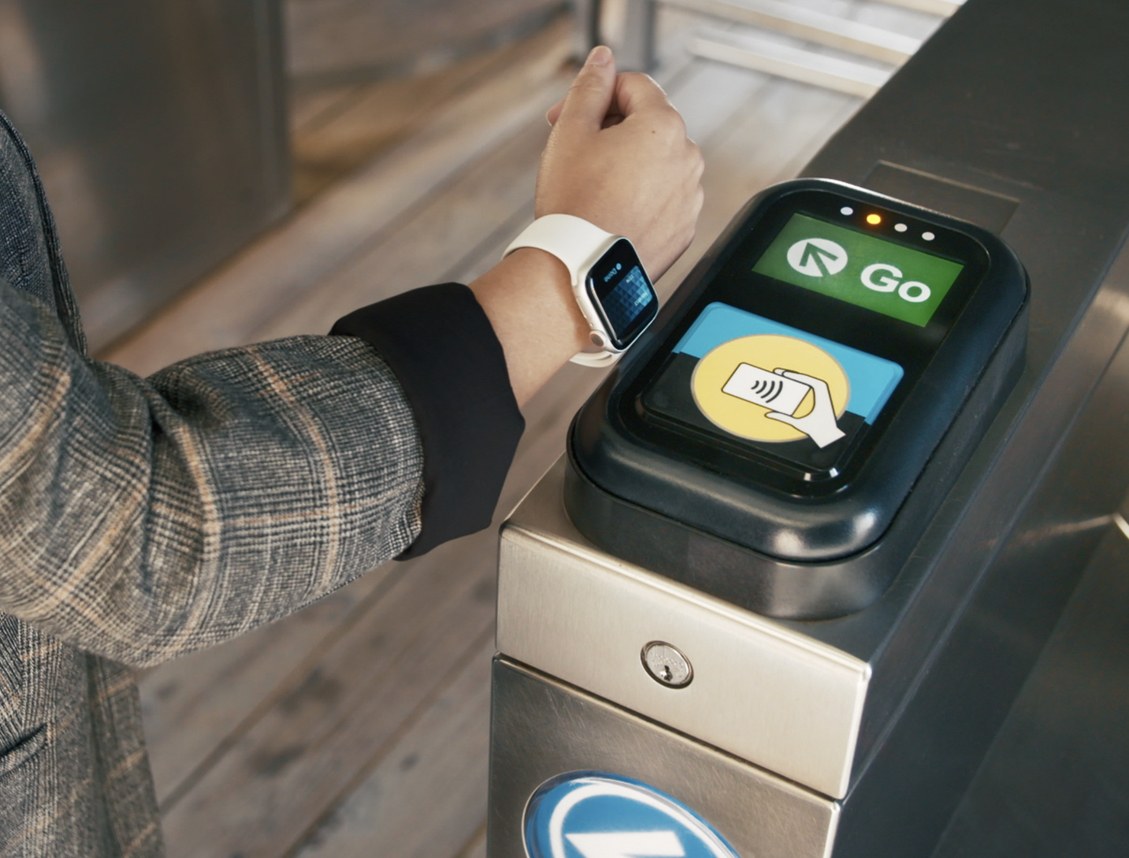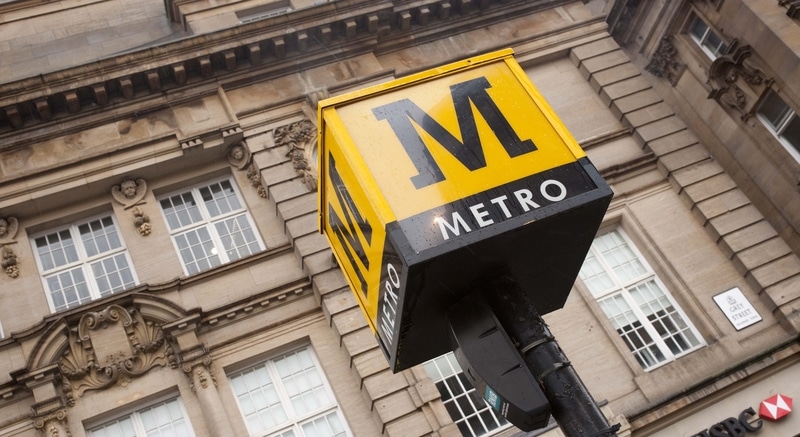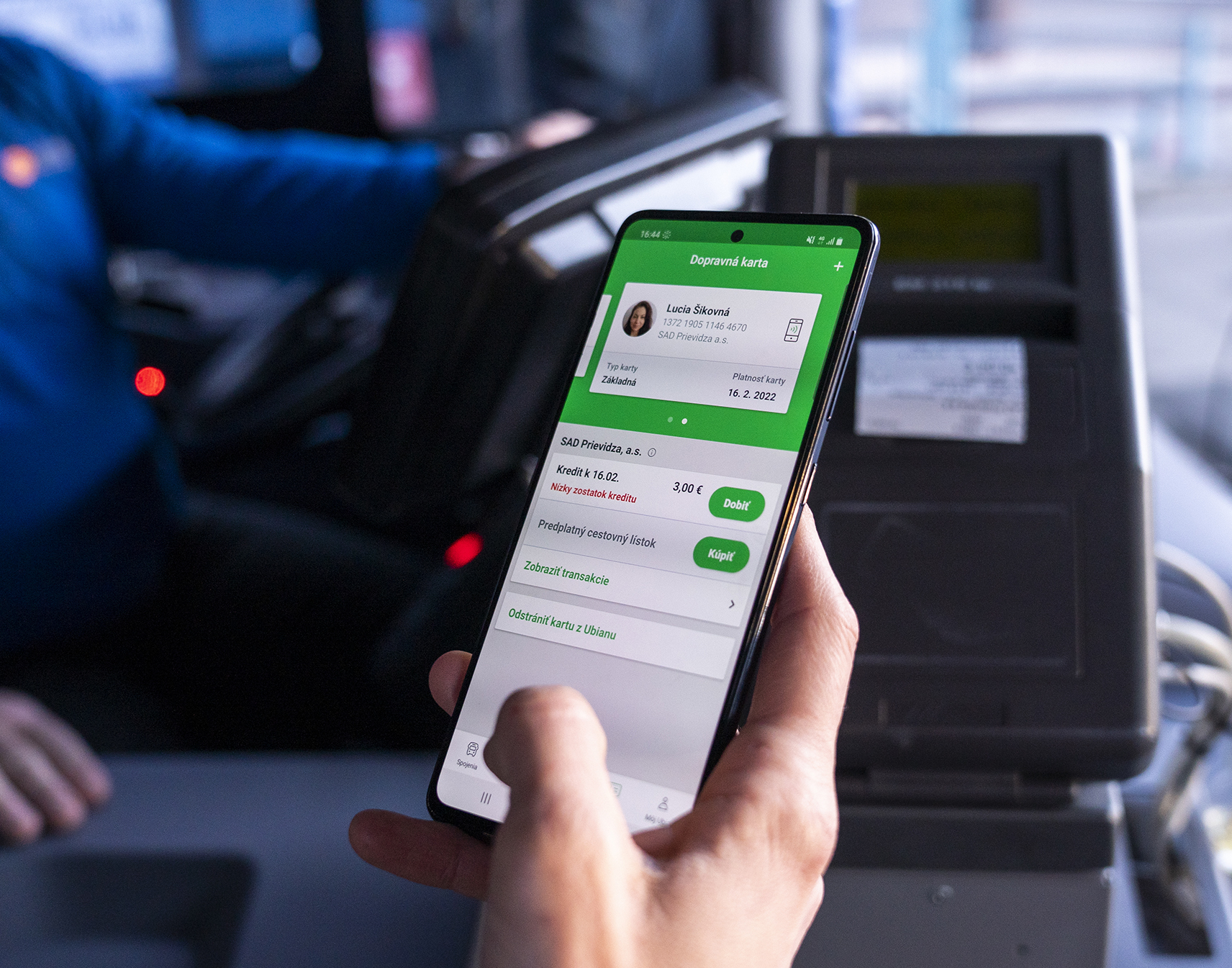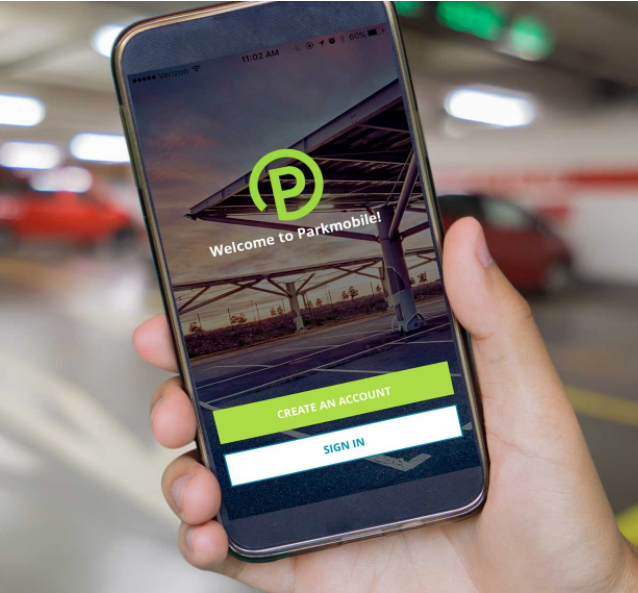
Article Highlights
Over the past year, some large transit agencies in North America, Asia and Europe–working with major Pays wallets–have introduced mobile and wearables fare payments with closed-loop cards, including in Los Angeles, Washington, D.C., Chicago, Hong Kong, Tokyo, Slovakia and the UK county of Tyne and Wear.
Table: Major Pays Increase Pace Adding Closed-Loop Fare Cards
• Apple
• Google
• Samsung
• WMATA
• Metro (LA)
While the move to open-loop fare collection by transit agencies gets a lot of attention, some major agencies have been shunning the idea of accepting bank cards for fares while expanding ways their customers can pay with well-established closed-loop fare cards.





















